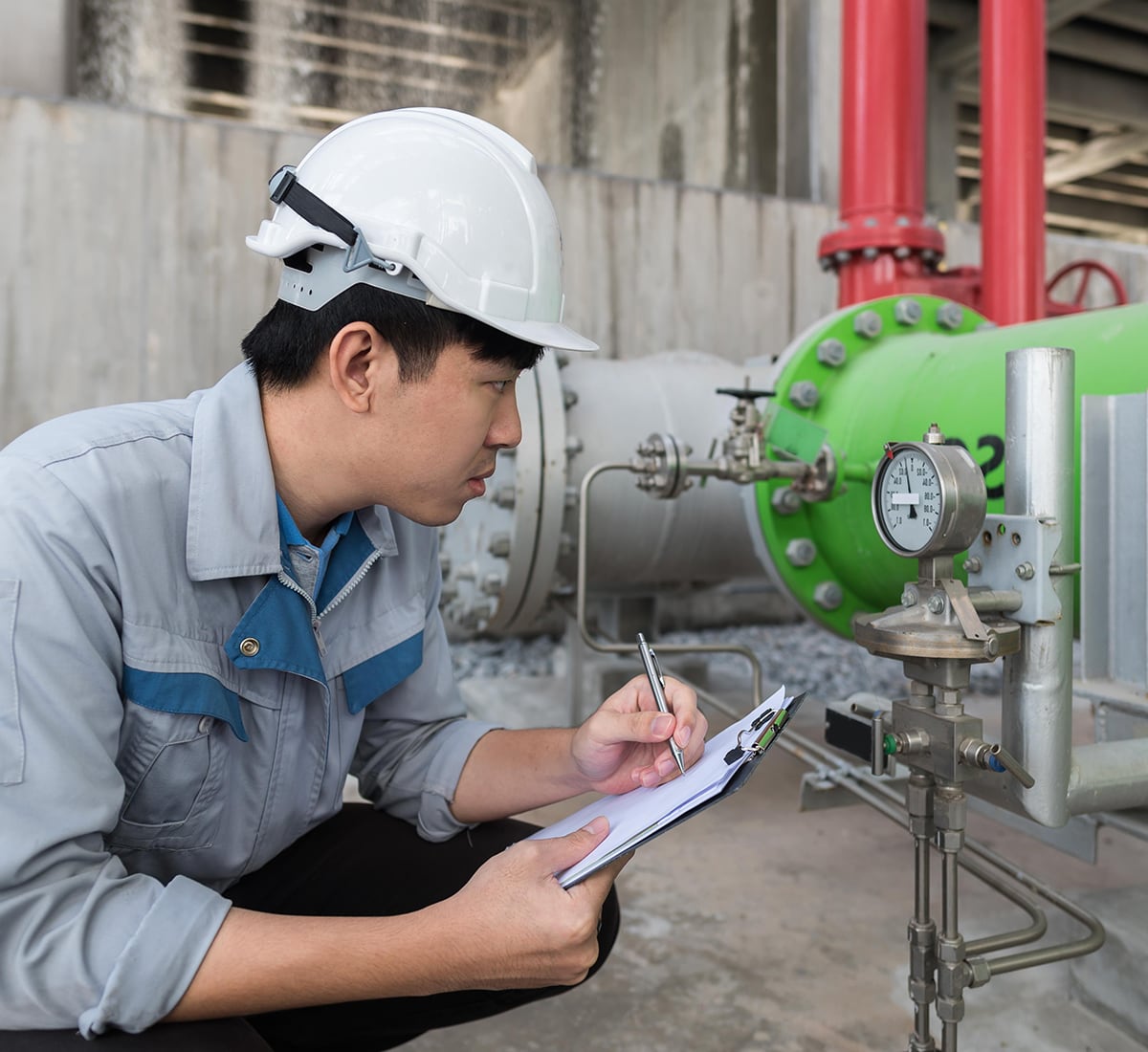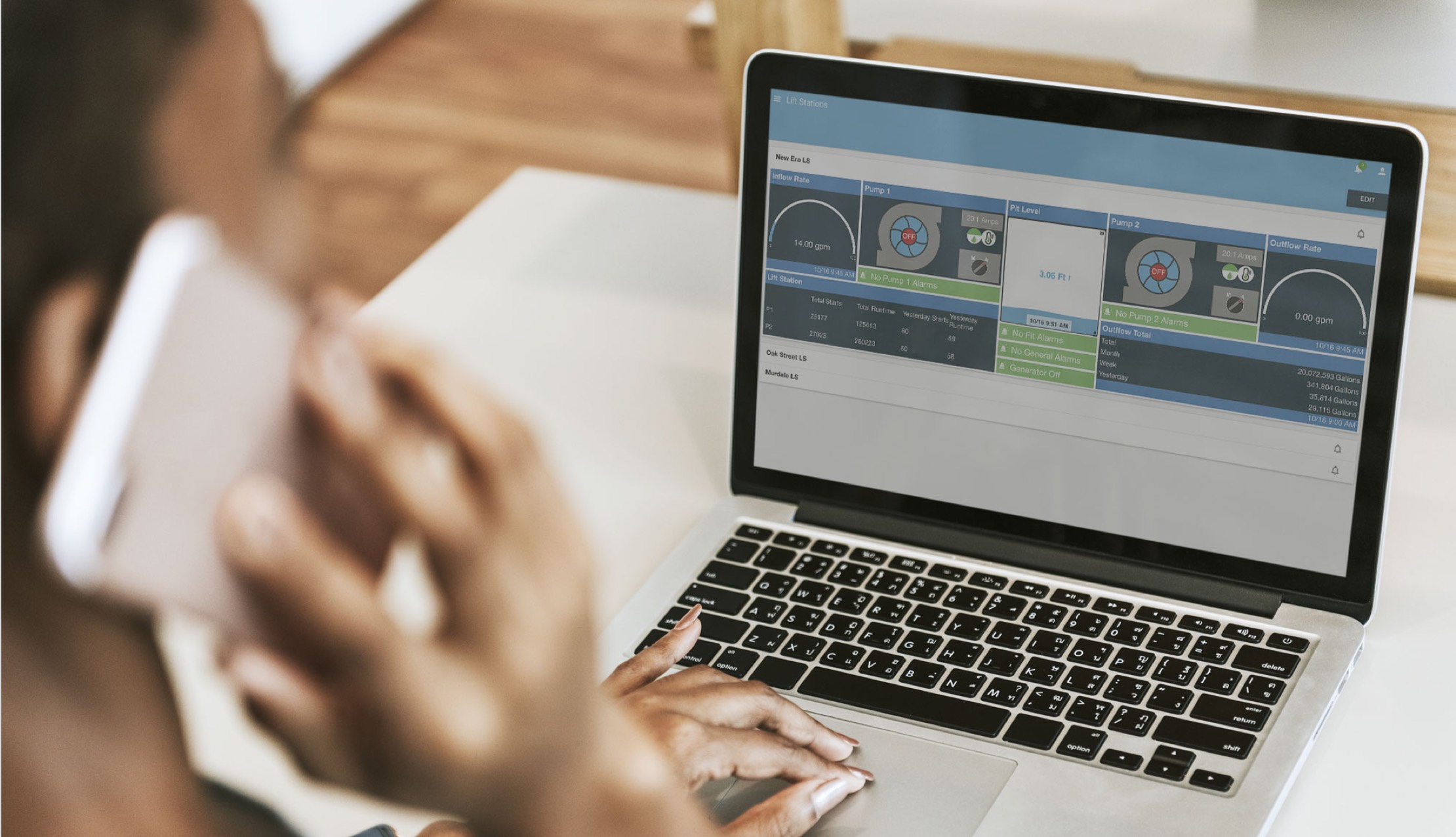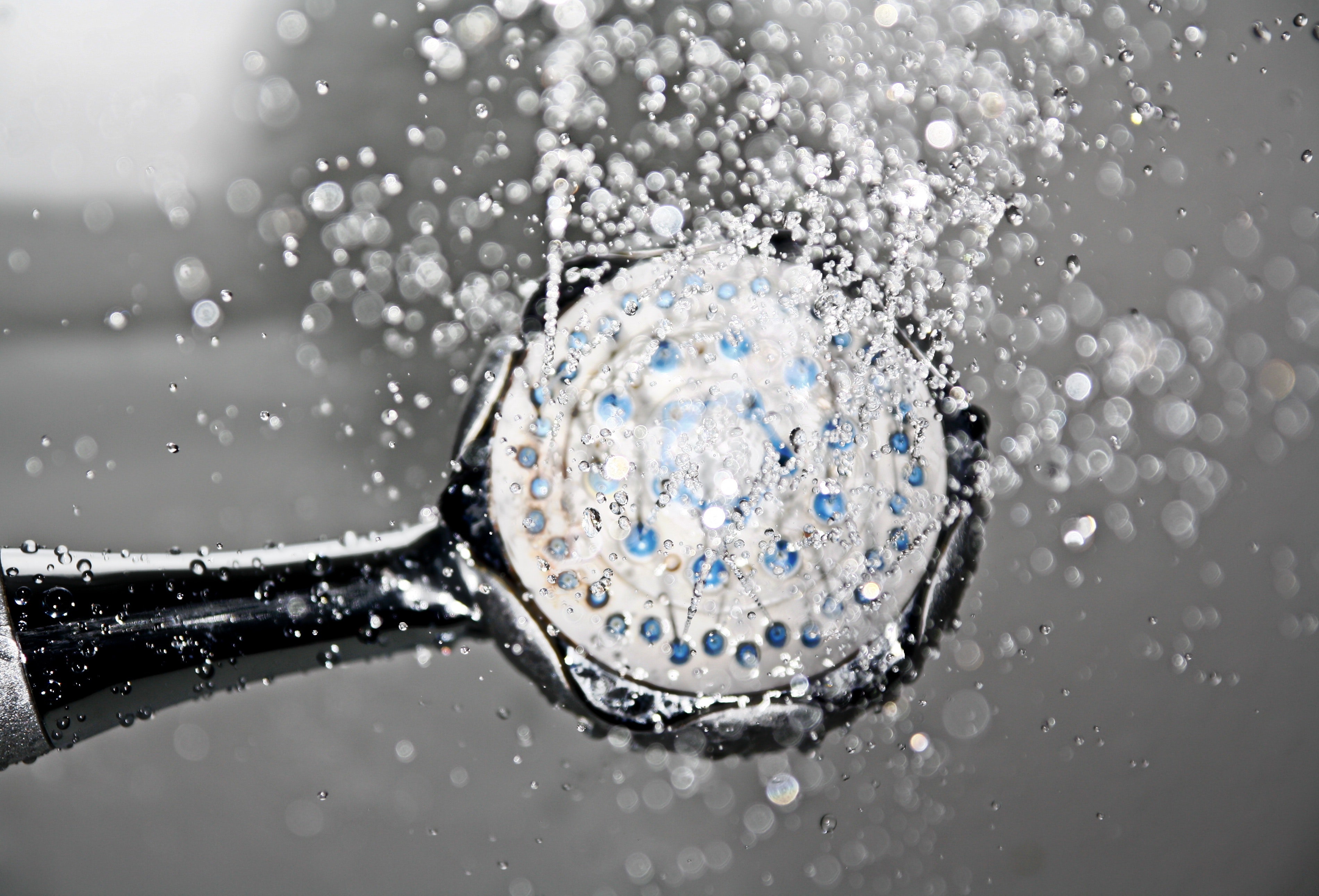The Role of PRV Stations in Municipal Water System Pressure Regulation
Maintaining consistent municipal water pressure can be a challenge for water systems. The friction force between flowing water and the interior pipe surface lowers pressure over distance. This pressure drop may result in inadequate pressure as water travels away from the water source.
The usual remedy to pressure drops is to release the water at higher pressures, but this practice can lead to problems in sections closer to the source. These areas will require an intervention to reduce the water pressure. Adding pressure-reducing stations to the system is a standard solution.
The Effects of High Pressure on Water System Infrastructure
When water pressure is too high, it can be detrimental to the whole system. Water providers should address the signs of high-pressure water quickly to prevent damage and unnecessary costs.
Equipment Damage
Every piece of water system equipment has ideal operating conditions. When the pressure is too high, it will shorten the usable life of pipes, pumps, and connectors. Consistently elevated municipal water pressure will lead to leaks and water main breaks as equipment weakens.
Water Loss
Water loss is an expensive concern for municipal water systems, and high pressure can be part of the problem. Water will escape through leaks caused by high-pressure water damage. Public works departments may not address this problem until a complete pipe breakdown forces the issue. The longer the repair waits, the more wasted water.
High water pressure can also make the whole system wasteful. The flow rate of water increases with water pressure. A high-pressure system will send more water through the fixtures in local homes. A customer taking a 10-minute shower on a high-pressure line will use more water than someone taking a shower of the same length on a line with lower pressure.
Customer Complaints
High-pressure water causes problems for local users. They may complain about high water bills due to the excess volume. Users may also have issues with noisy pipes and damaged plumbing. Some homes may have to install a residential water pressure regulator to remedy the problem.
What is a pressure-reducing valve?

Pressure-reducing valves use tension to lower the force of high-pressure water in a system. Water enters the valve at high pressure and exits the valve at a predetermined low pressure. Homeowners may install smaller versions of these units to relieve water pressure issues in their residences. Commercial-sized versions will adjust the station pressure in a municipal system.
How does a water pressure reducing valve work?
A PRV valve acts as a buffer between a primary high-pressure line and branch lines on a municipal system. Inside the valve, a diaphragm restricts water flow to change the pressure between the inlet and outlet. In most models, someone can adjust the pressure with an adjustable screw. A spring attached to the screw allows the diaphragm to raise and lower in response to changing demands. During periods of high demand, the valve will allow more water to pass through the outlet to maintain consistent pressure.
How do PRV valves impact flow rate?
Valves in a pressure-reducing station also reduce the rate at which water flows through the system. The flow rate is directly related to water pressure, so releasing the stream at lower pressure means a smaller volume flowing through the system. Controlling the rate of flow benefits the system because it means less wasted water.
Municipal systems require adjustable valves because of changing demands throughout the day. As customer demand increases, the valve will increase the flow while keeping the proper pressure. During low demand, the valve constricts the flow to maintain consistency.
Types of Pressure Reducing Valves
Direct-Acting Valves
Homeowners use direct-acting valves to reduce water pressure in their residential systems. This PRV sits right after the main shutoff valve. The unit has a screw or knob on top that allows the homeowner to adjust the pressure manually. Turning the screw affects the tension on the diaphragm inside the unit.
Pilot-Operated Valves
Pilot-operated valves are appropriate solutions for industrial settings and municipal water stations that handle high water volume. The size of the valve would make it difficult to make precise manual adjustments through direct action. A pilot line serves as the control for the primary valve in these units. When changes in demand affect the pilot, it sends a signal to adjust the flow.
Self-Adjusting Valves
To some extent, every PRV is self-adjusting. The tension spring inside the unit responds to changes in pressure on the outlet side. However, modern valves use advanced technology to make faster, more accurate adjustments. With a cloud-based SCADA system from High Tide Technologies, managers can make valve adjustments from any location or automatically set the system to respond to changes.
PRV Stations in Action
PRV Station Placement
The number of stations required in a system will depend on its size and initial pressure. The final branches off a long waterline may not need any adjustments as the water will lose pressure while it travels. However, units closer to the source will want to employ a pressure-reducing station. Towns or branches between the two ends may wish to install stations to reduce water waste.
How long does a pressure-reducing valve last?
The job of a PRV is to provide a consistent station pressure differential. Like all equipment, water pressure-reducing valves have limited lifespans. High-pressure water on the inlet exerts a force on the tension spring that controls the diaphragm. Over time, the spring will lose its ability to hold a constant pressure against the incoming water. When this happens, it will have trouble maintaining continuous control. Most PRVs last from three to five years, depending on the difference between the inlet pressure and the desired outlet pressure.
SCADA and Water Pressure Regulator Maintenance

A supervisory control and data acquisition system can help municipal water systems track the performance of their water pressure regulation equipment. SCADA technology consists of sensors that send data to a central information hub. The system provides real-time data about water system statistics, such as the rate of flow and pressure.
For a PRV, sensors on both the inlet and outlet will report the pressure differential. The sensors can detect the valve’s decreasing performance and send alarms to notify employees as the system ages. Digital sensor data can identify problems long before customers or staff notice the difference.
Recognizing minor changes in performance allows staff to take an intentional, preemptive approach to maintenance. System repairs will be less disruptive to the water supply and can happen at more convenient times for the staff. The crew will respond to regulatory and preventative maintenance needs rather than reacting to emergencies.
SCADA Technology for Municipal Water Supplies
Every aspect of a municipal water system can benefit from SCADA technology. Sensors at a PRV station relay information about water pressure. Pump stations send volume and rate measurements, and treatment plant facilities share information about water quality. Well-designed SCADA infrastructure will provide comprehensive knowledge of the entire water supply.
High Tide Technologies is a SCADA partner for municipal water collection, treatment, and distribution systems. Our cloud-based approach to SCADA allows staff to access information anywhere they can get an internet or cellular signal. Viewing real-time performance data on a smartphone or tablet allows for a more responsive and efficient approach to water management.
About High Tide Technologies
High Tide Technologies is an end-to-end cloud-based SCADA company that enables our users to create a complete SCADA solution that utilizes field units, satellite, cellular or Ethernet communications as well as the Internet to monitor and provides automatic control of your systems.








Share this case study